SMAS lift, often called a ‘deep rhytidectomy’, counteracts signs of aging in the face and the neck by tightening the muscle, removing fat, and trimming excess skin.
An appropriate candidate for an SMAS lift (rhytidectomy) is a patient struggling with a saggy face and neck caused by the aging process. Patients between the age of 40 and 60 are most likely to consider this surgery. More and more young patients, aged 20 to 30, also look for an SMAS facelift when they experience skin sagging after facial bone contouring surgery.
This surgery not only lifts sagging skin and muscle, but also tightens the muscle, removes fat, and trims excess skin. Therefore, the result is more powerful and lasts longer than a non-invasive facelift surgery such as a thread lift.
Surgery Duration
Approx. 2-3 hours
Hospitalization
No
Stitches Removal
After 7-9 Days
Anesthesia
General
Recovery Period
9 Days
Recommended For

- Sagging and excess skin after facial bone contouring surgery.
- Those looking for a more significant result than non-invasive treatment.
- Severe sagging around the jowls and nasolabial folds.
- Those looking for a lifting procedure when the skin has lost its elasticity
SMAS Facelift is Effective for

With aging, the skin and fat sag, and the skin loses its elasticity in the epidermis as well as in the SMAS layer. SMAS Facelift reduces the signs of aging and restores youth to the condition of someone in their 20-30s. An incision is made along the hairline and ear. The surgery targets the mid-lower part of the face.
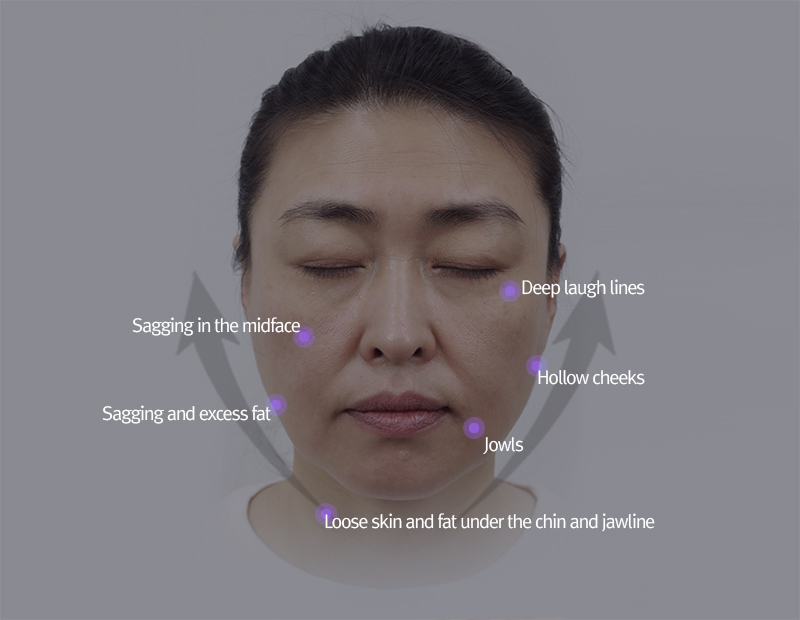
Sagging in the midface
Hollow cheeks
Deep laugh lines
Jowls
Sagging and excess fat
Loose skin, fat under chin and jawline
Surgery Process

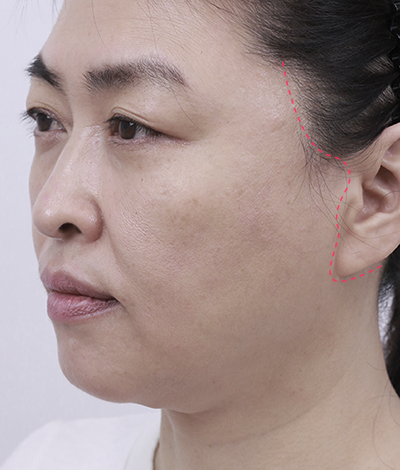
The location of lifting is marked and an incision is made along the hairline around the ear, to the backside of the ear.
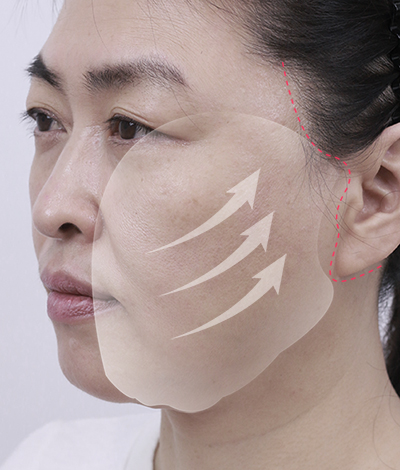
The skin layer and SMAS layer are exfoliated up to the area of lifting.
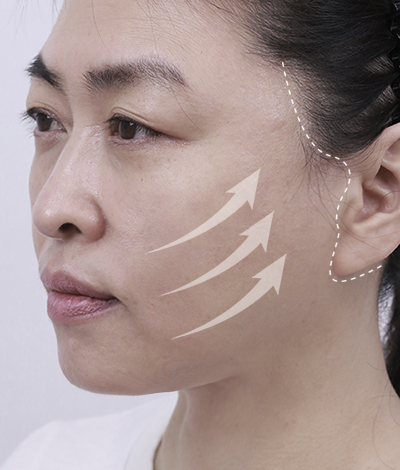
The skin and SMAS layer are lifted separately and rearranged at a higher position. Excess skin and the excess SMAS layer are then removed. The wound is closed with sutures.
The Features of CDU SMAS Facelift

1. Skin layer
2. Subcutaneous fat
3. SMAS Layer
4. Ligament
5. Periosteum
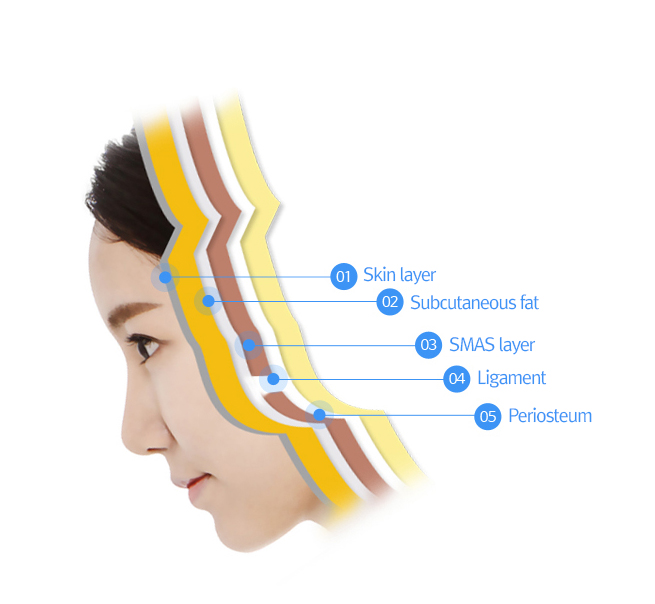
Semi-permanent result
The SMAS layer (superficial muscular aponeurotic system) is a deep layer under the subcutaneous tissue and the skin. This layer sags over time, along with the skin. When only the skin is lifted, the face sags again due to the sagging SMAS layer.
The skin can’t endure the weight of the SMAS layer and fat layer, so the wound widens and the result can’t last for a long time. To create a longer-lasting result, CDU delicately lifts two separate layers and fixes them securely.
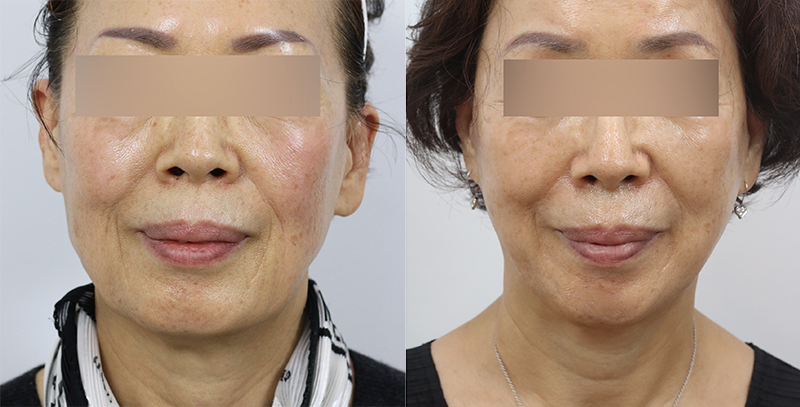
Natural face expression
Sagging skin and the SMAS layer are sufficiently exfoliated and repositioned to their original position, which doesn’t cause deformation of the facial expression.
Overall improvement
The overall sagging face is evenly improved, including on laugh lines, the area above the zygoma, jowls, jawline, and neck.
Minimal scarring
The incision is made along the natural crease on the face. After the recovery process, the scar is barely visible. Furthermore, we can lower the pressure on the wound by lifting the SMAS and skin layer together, which creates minimal scarring.
Q&A about SMAS Facelift

An SMAS lift is the most powerful lifting surgery. However, lifting surgery can’t stop the aging process. Due to the natural aging process, the face can sag again. The result lasts about seven to nine years. Revision surgery is available at that time.
An SMAS lift targets the mid to lower half of the face, especially the jawline and the neck. So if a patient is looking for a lifting procedure for the eyebrows or forehead wrinkles, other surgeries should be performed. Furthermore, deep creases can be flattened, but fine wrinkles can’t be totally improved.

